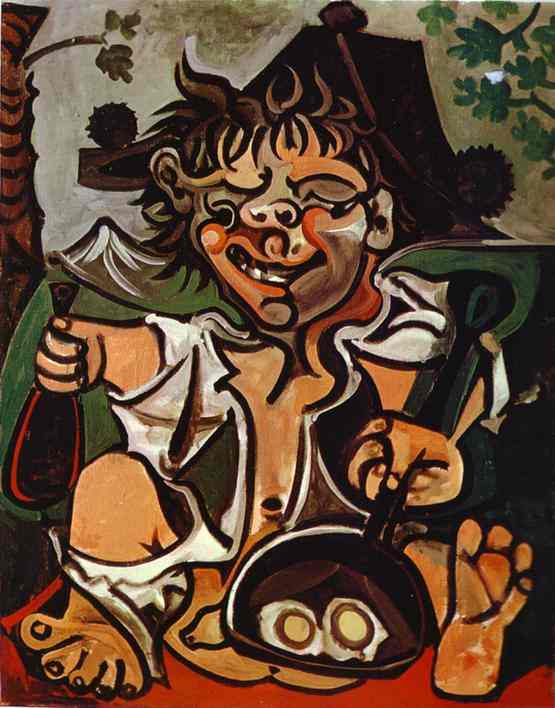
An excellent and impassioned argument for illustration as a venue being anything but mutually exclusive with great fine art. Rembrandt's greatest works illustrate the bible, and Michelangelo's greatest works of all, his David and Moses, both are based on biblical stories. The greatest works of the pre-Raphaelites come from myth and legend.
In fact it's the nature of stories and storytelling that needs to be properly analyzed as in fact wholly consistent and not in any way mutually exclusive with the concept and goals of fine painting and sculpture. Fine art first and foremost is about humanity and the human condition, as is all the greatest literature. The two go hand in glove, and to the extent that stories embody the most profound and powerful elements in what it means to be alive as a human being, they are in fact the perfect vehicle for the finest fine art that has ever been produced. Certainly genre and scenes from life's adventure that are generalized, like: Hope, fear, love, greed, death, youth, aging, and searching for one's identity, are all embodied in endless works of literature, and painting is a unique medium for expressing such things outside of a specific story of context. But this is extraordinarily important in the quest of redefining the debate in today's art world, and I will see about posting this commentary by Mary as well as other's that have been written on this subject ...
Thanks,
Fred


I could not agree with Ross more. The greatest art is about the human condition, and I think the deeper this content, the finer the work of art. I don't think it matters, always, whether the creator is an illustrator or not. And it doesn't matter who's paying for the piece. What matters is the depth of expression.
Most "fine" artists, like Picasso, have produced some pretty poor pieces, and some illustrators like Rockwell have produced some very fine pieces.
Some might argue that a great deal of the "quality" is derived from how the paint has been applied. Rockwell did not do a great deal with his "surfaces." But art's quality should not be limited to surface texture.
Some works to illustrate my points. I've seen Hunt's Lady of Shallot and it's stunning.


William Holman Hunt Lady of Shallot and John William Waterhouse Lady of Shallot
These are affecting images. The second one I found in a search for the first one, but I also like it.
Even I, who loves abstraction, have to admit that this Picasso is less affecting than the other images above, although others may disagree.

I think a great deal of the "quality" has to do with the depth of the image. Sometimes illustrators deal with a single moment or image or gag, and it doesn't go much deeper than that. Rockwell, in his Four Freedoms, did go deeper, partly because of his profoundly patriotic inspiration. (Here's one of his studies for Freedom of Speech.) But other images seem more clever and humorous and less deep, as in his Sixth Inning below.


Whereas Michelangelo is always powerful because he is always dealing with the essential struggles of life, even in little details on the Sistine Chapel, as in Ezekial below.

Art ping.
Let Sam Cree or I know if you want on or off the art ping list.
"Clever" modern artists hang an everyday store item (bicycle seat, urinal, et al) on a gallery wall and proclaim it "art". You can bet that they charge far more than the retail value of the materials.
The art world's disdain for illustrator artwork is similar to their long refusal to accept photography as "art". That changed after decades.
Is there any difference between someone who drew/painted illustrations for magazines rather than 17th century books? Does it matter if the artwork was commissioned by the publisher or an advertiser? What if it is "comic" rather than serious?
The art world DOES recognize self-taught "primitive" artists. In the past they may have been called "amateurs".
Dali was even willing to recognize the work of someone who painted a door or room well more than he was willing to react in awe at "modern art". Brush control was important to him (at least when he wrote his book on modern art).